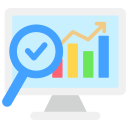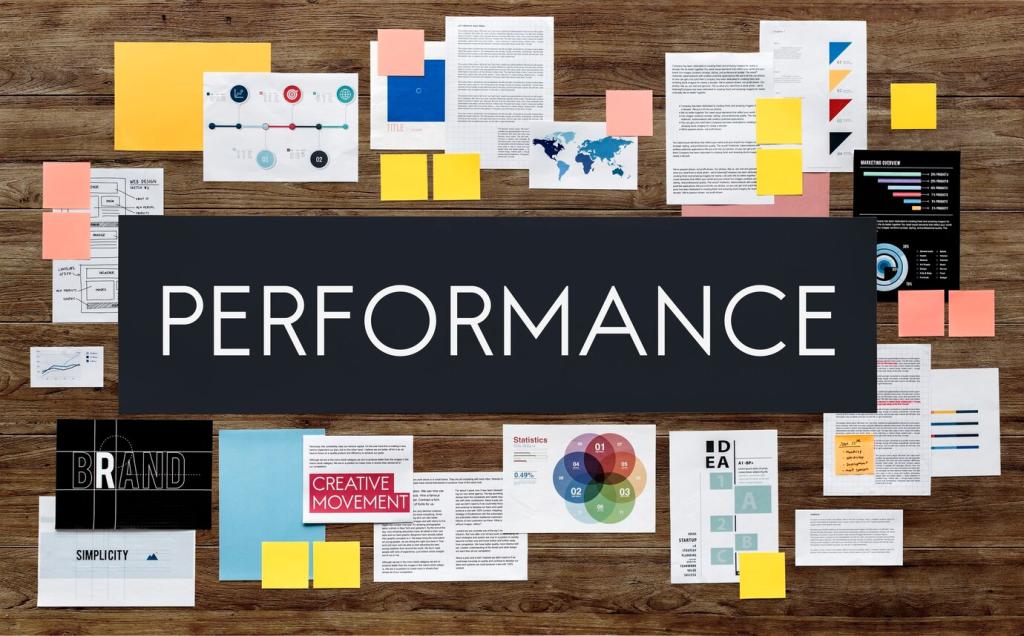From Paper to Platforms: A Practical Transition
Digital reporting compresses weeks of manual compilation into hours, enabling timely insights, faster course corrections, and clearer accountability. When beneficiaries see their feedback reflected quickly, trust grows, participation rises, and programs become measurably more responsive to real-world needs.
From Paper to Platforms: A Practical Transition
In a rural health initiative, a nurse named Lila replaced paper registers with a mobile form. Within two months, missed appointment rates dropped because reminders were automated, and supervisors spotted gaps early. Share your own transition stories to inspire others.
From Paper to Platforms: A Practical Transition
Start with a single problem and a tool that solves it simply. Prioritize offline capability, multilingual support, basic analytics, and export options. Invite a small pilot group, gather honest feedback, and iterate before expanding across programs or regions.





